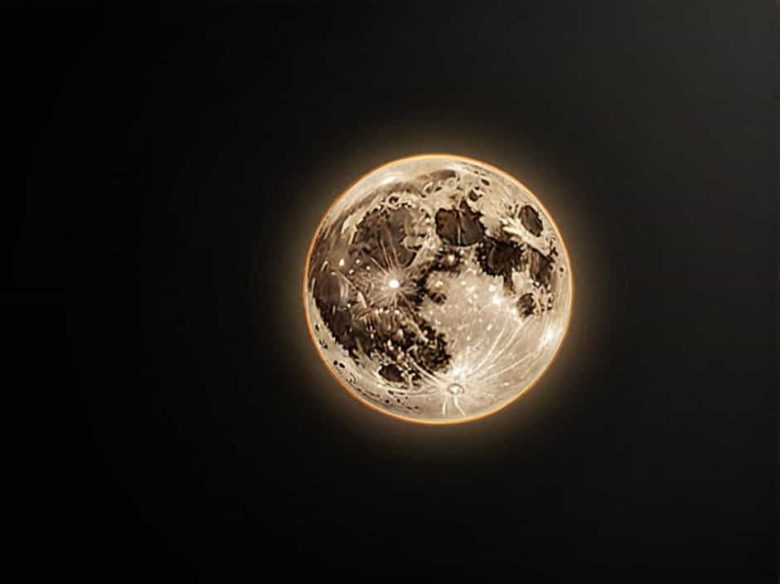The full moon has captivated human imagination for centuries, influencing calendars, cultural events, and natural phenomena. Each month’s full moon carries a unique name and significance, often rooted in ancient traditions. In this topic, we will explore the timing of the full moon in March 2024, its traditional name, associated phenomena, and tips for observation.
The Full Moon in March 2024
Date and Time
In March 2024, the full moon will occur on Monday, March 25, 2024. This event is notable as it coincides with a penumbral lunar eclipse, where the Moon passes through Earth’s penumbral shadow, causing a subtle dimming rather than a dramatic darkening.
Traditional Name: The Worm Moon
The March full moon is traditionally known as the Worm Moon. This name originates from Native American and colonial-era naming conventions, marking the time of year when the ground begins to thaw, and earthworms start to emerge, signaling the approach of spring.
Penumbral Lunar Eclipse
Understanding Penumbral Lunar Eclipses
A penumbral lunar eclipse occurs when the Moon passes through Earth’s penumbral shadow, leading to a subtle dimming rather than a complete darkening. Unlike total or partial eclipses, the effect is often so slight that it can be challenging to observe without specialized equipment.
Visibility and Timing
The penumbral lunar eclipse on March 25, 2024, will be completely visible over North and South America, seen rising over eastern Australia and northeast Asia, and setting over west Africa and western Europe.
Observing the March 2024 Full Moon
Best Viewing Practices
To fully appreciate the Worm Moon and the accompanying penumbral lunar eclipse:
-
Find a Dark Location: Choose an area away from city lights to minimize light pollution.
-
Use Binoculars or a Telescope: While the penumbral eclipse is subtle, optical aids can enhance the viewing experience.
-
Check Local Moonrise Times: Ensure you know when the Moon will rise in your area to plan your observation accordingly.
Photography Tips
Capturing the full moon can be a rewarding experience:
-
Use a Tripod: Stabilize your camera to prevent blurring.
-
Adjust Exposure Settings: The Moon is bright; use shorter exposure times to avoid overexposure.
-
Incorporate Foreground Elements: Including landscapes or structures can add context and interest to your photos.
Cultural Significance of the Worm Moon
The Worm Moon holds various cultural and historical significances:
-
Agricultural Marker: Signifies the time to prepare fields for planting as the soil softens.
-
Religious Observances: In some traditions, it aligns with Lenten rituals leading up to Easter.
-
Folklore and Festivals: Various cultures celebrate the Worm Moon with festivals and folklore, symbolizing renewal and rebirth.
The full moon on March 25, 2024, offers a unique opportunity to observe the Worm Moon in conjunction with a penumbral lunar eclipse. While the eclipse’s subtlety may challenge casual observers, understanding its occurrence adds depth to the experience. Whether you’re an avid astronomer or a casual stargazer, this celestial event is a reminder of the intricate dance between Earth and its lunar companion.
Note: Always verify local times and viewing conditions before planning your observation, as weather and geographical location can impact visibility.



